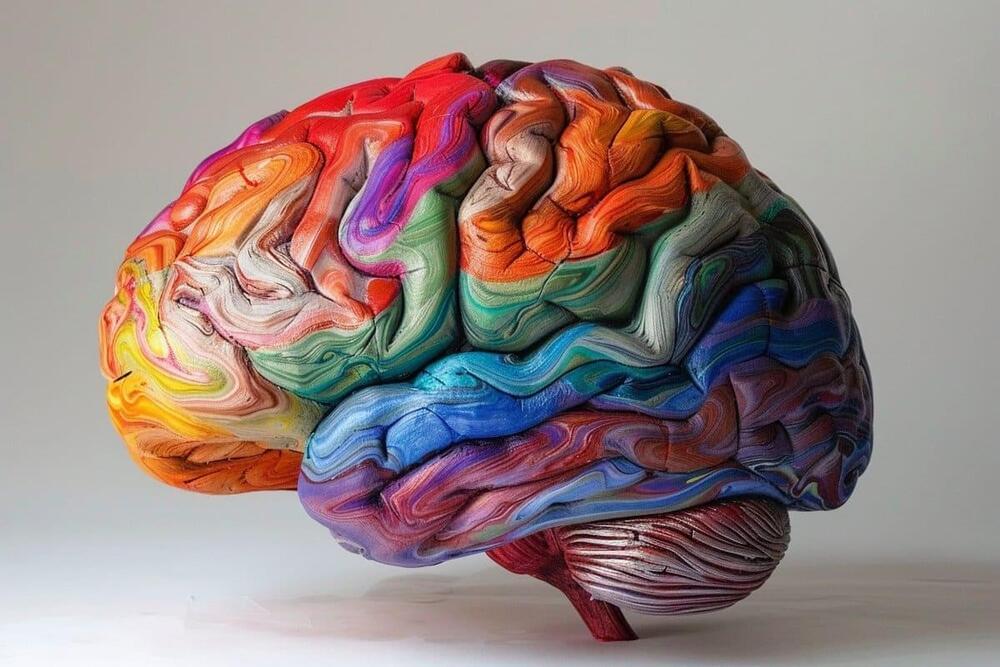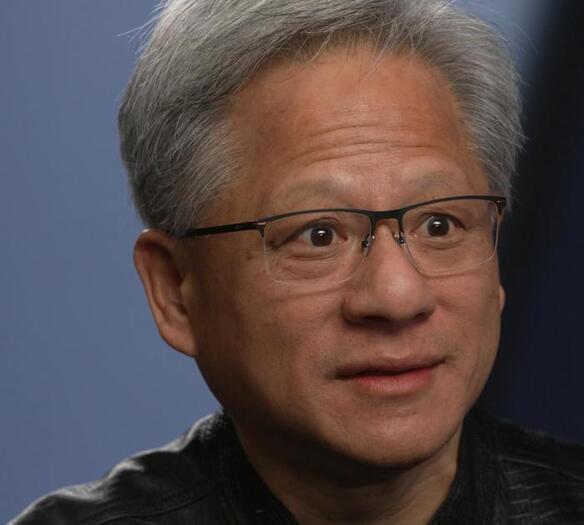256-core AmpereOne-3 chip is expected to arrive next year.



Direct sample analysis offers several advantages over robotic explorers conducting it from the surface of an asteroid or planet and then beaming back the data.
It provides a window into understanding how the surface of a celestial body has changed due to its constant exposure to the harsh deep space environment.
The scientists conducted their analysis using electron holography, a technique in which electron waves infiltrate materials. This method has the potential to uncover key details about the sample’s structure and magnetic and electric properties.

TSMC introduced its System-on-Wafer (TSMC-SoW™) technology, an innovative solution to bring revolutionary performance to the wafer level in addressing the future AI requirements for hyperscaler datacenters.
At the TSMC 2024 North America Technology Symposium, they debuted the TSMC A16™ technology, featuring leading nanosheet transistors with innovative backside power rail solution for production in 2026, bringing greatly improved logic density and performance.
The latest version of CoWoS allows TSMC to build silicon interposers that are about 3.3 times larger than the size of a photomask (or reticle, which is 858mm2). Thus, logic, eight HBM3/HBM3E memory stacks, I/O, and other chiplets can occupy up to 2,831 mm2. The maximum substrate size is 80×80 mm.

In an age marked by remarkable technological advancements, the field of robotics exemplifies humanity’s boundless potential for innovation. In recent years, certain types of robots have consistently captured our attention, with humanoid robots standing out as pioneers, alongside pre-programmed robots, autonomous robots, teleoperated robots, and augmenting robots.
With advancements in technology, the evolution of humanoid robotics pushes the boundaries of what was once considered purely sci-fi into the realm of reality. Engineered to emulate the human form both physically and cognitively, these robots are equipped with a sophisticated array of cameras, sensors, and cutting-edge AI and ML technologies. This enables them to not only perceive their surroundings but also to interact with humans in increasingly nuanced ways, from recognizing objects to sensing and responding to environmental cues.
That being said, the sector is poised for significant growth. According to research firm MarketsandMarkets, the humanoid robot market size was valued at $1.8 billion in 2023 and is anticipated to be $13.8 billion in the next five years, growing at a CAGR of over 50.2%.

Tesla CEO Elon Musk has arrived in Beijing on an unannounced trip, where he is expected to discuss the rollout of Full Self-Driving (FSD) software and permission to transfer data overseas, according to a person with knowledge of the matter.
Chinese state media reported that he met Premier Li Qiang in Beijing, during which Mr Li told Mr Musk that Tesla’s development in China could be regarded as a successful example of US-China economic and trade cooperation.
“Honoured to meet with Premier Li Qiang. We have known each other now for many years, since early Shanghai days,” Mr Musk posted on social media platform X, as he appeared in a picture with the premier.

A Chinese company says it’s successfully developed a brain chip and implanted it into a monkey — who can now remotely control a robot arm with the device.
That’s according to state-run news media outfit Xinhua, putting Elon Musk’s startup Neuralink on notice that there will be international as well as domestic competition for his brain-computer interface venture.
The company, Beijing Xinzhida Neurotechnology, which is backed by the Chinese government, unveiled its device, the NeuCyber Array BMI (brain-machine interface) System at a technology convention in Beijing on Thursday, according to Reuters.

Source: University of Cambridge.
Researchers have developed tiny, flexible devices that can wrap around individual nerve fibers without damaging them.
The researchers, from the University of Cambridge, combined flexible electronics and soft robotics techniques to develop the devices, which could be used for the diagnosis and treatment of a range of disorders, including epilepsy and chronic pain, or the control of prosthetic limbs.

Here’s my new Opinion article for Newsweek on brainwave technology and AI. Check it out!
Historically, our greatest strength is our biological form, tested and evolved over millions of years. Instead of spending resources searching for ways to connect technology directly to our minds, we could find ways to use technology to protect our biological thoughts and proclivity. That might mean faraday cages around our brains that no super intelligent AIs signals could crack—as well as encryption where our code perpetually changes randomly.
Another way to protect against AI is for humans to become like bugs—a concept recently explored in the Netflix series 3 Body Problem. Companies are already working on trying to scan the brain—down to its atoms—in real time. Eventually, the hope is we’ll be able to upload our consciousnesses into computers. There’s open debate whether an upload is the real you. But for purposes of protecting ourselves against AI, another important question is how many uploads of you would there be? If AI was inundated with trillions upon trillions of uploaded human minds, it’s possible, like bugs, AI would never win a battle to get rid all of us, even if it wanted to. There would simply be too many of us in the cloud, even if there was just one of us in the flesh.
Another way to outsmart AI might be to utilize brainwave technology so that human minds are interconnected. Some scientists call this the hive mind, and it could be possible in the future to obtain millions of minds in sync without the use of AI. AI might be able to corrupt the method of human hive mind communication, but it’s still another way we could attempt to remain as intelligent as AI. After all, if you could harness a billion minds together, who knows how smart we could be?
It is unclear if any of these options are going to outsmart AI in the 100-year-future. But a mindset change in the age of AI is needed for brainwave tech. And that is not one of rushing to develop the latest tech out there, but rushing to innovate ways that brainwave tech can protect ourselves from AI.

It’s not uncommon for tech roles to now receive hundreds or thousands of applicants. Round after round of layoffs since late 2022 have sent a mass of skilled tech workers job hunting, and the wide adoption of generative AI has also upended the recruitment process, allowing people to bulk apply to roles. All of those eager for work are hitting a wall: overwhelmed recruiters and hiring managers.
WIRED spoke with seven recruiters and hiring managers across tech and other industries, who expressed trepidation about the new tech—for now, much is still unknown about how and why AI makes the choices it does, and it has a history of making biased decisions. They want to understand why the AI is making the decisions it does, and to have more room for nuance before embracing it: Not all qualified applicants are going to fit into a role perfectly, one recruiter tells WIRED.
Recruiters say they are met with droves of résumés sent through tools like LinkedIn’s Easy Apply feature, which allows people to apply for jobs quickly within the site’s platform. Then there are third-party tools to write résumés or cover letters, and there’s generative AI built into tools on sites of major players like LinkedIn and Indeed—some for job seekers, some for recruiters. These come alongside a growing number of tools to automate the recruiting process, leaving some workers wondering if a person or bot is looking at their résumé.

AI that will be able to predict the weather 3,000 times faster than a supercomputer and a program that turns a text prompt into a virtual movie set. These are just two of the applications for AI-powered by Nvidia’s technology.
Jensen Huang leads Nvidia – a tech company with a skyrocketing stock and the most advanced technology for artificial intelligence.